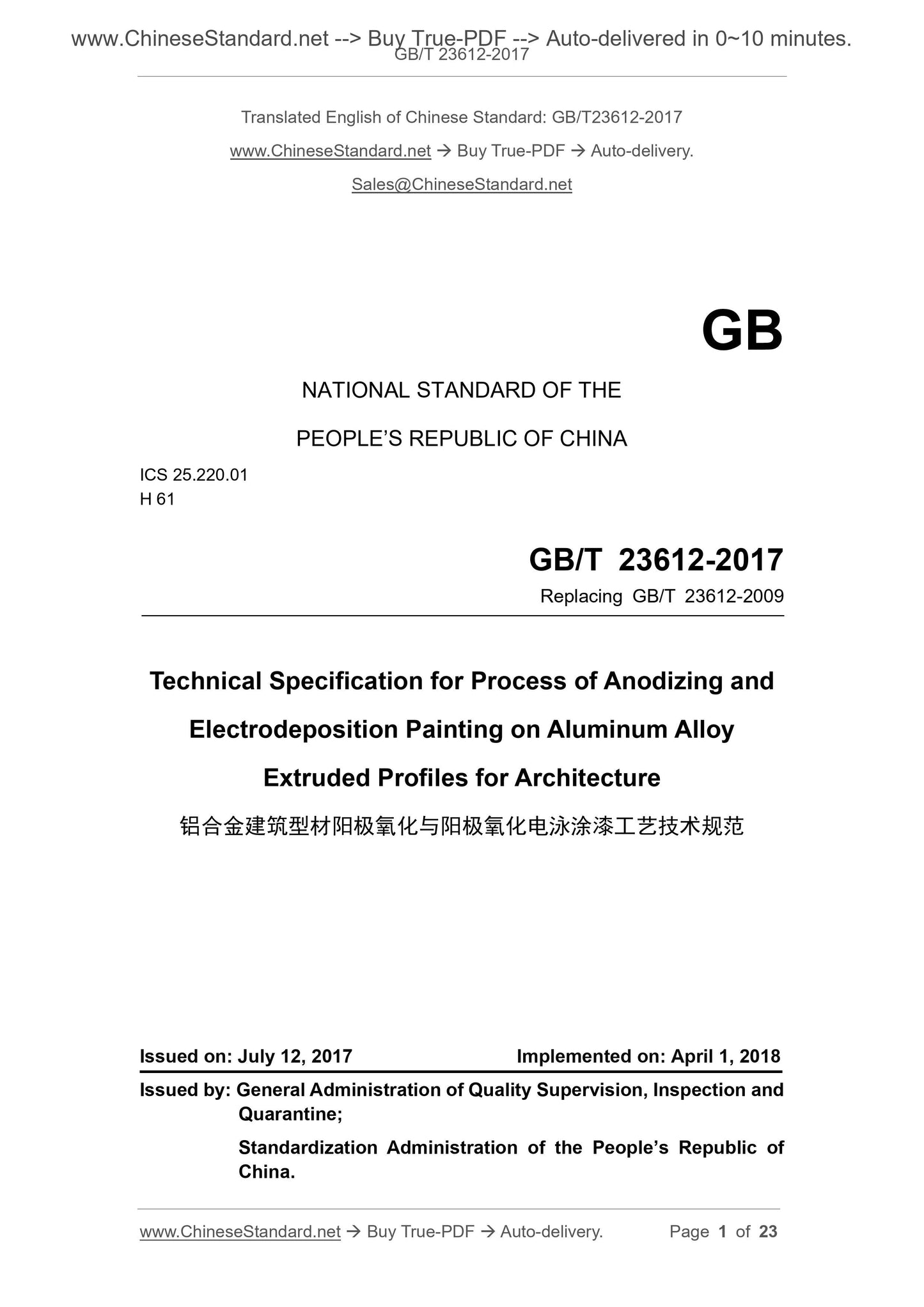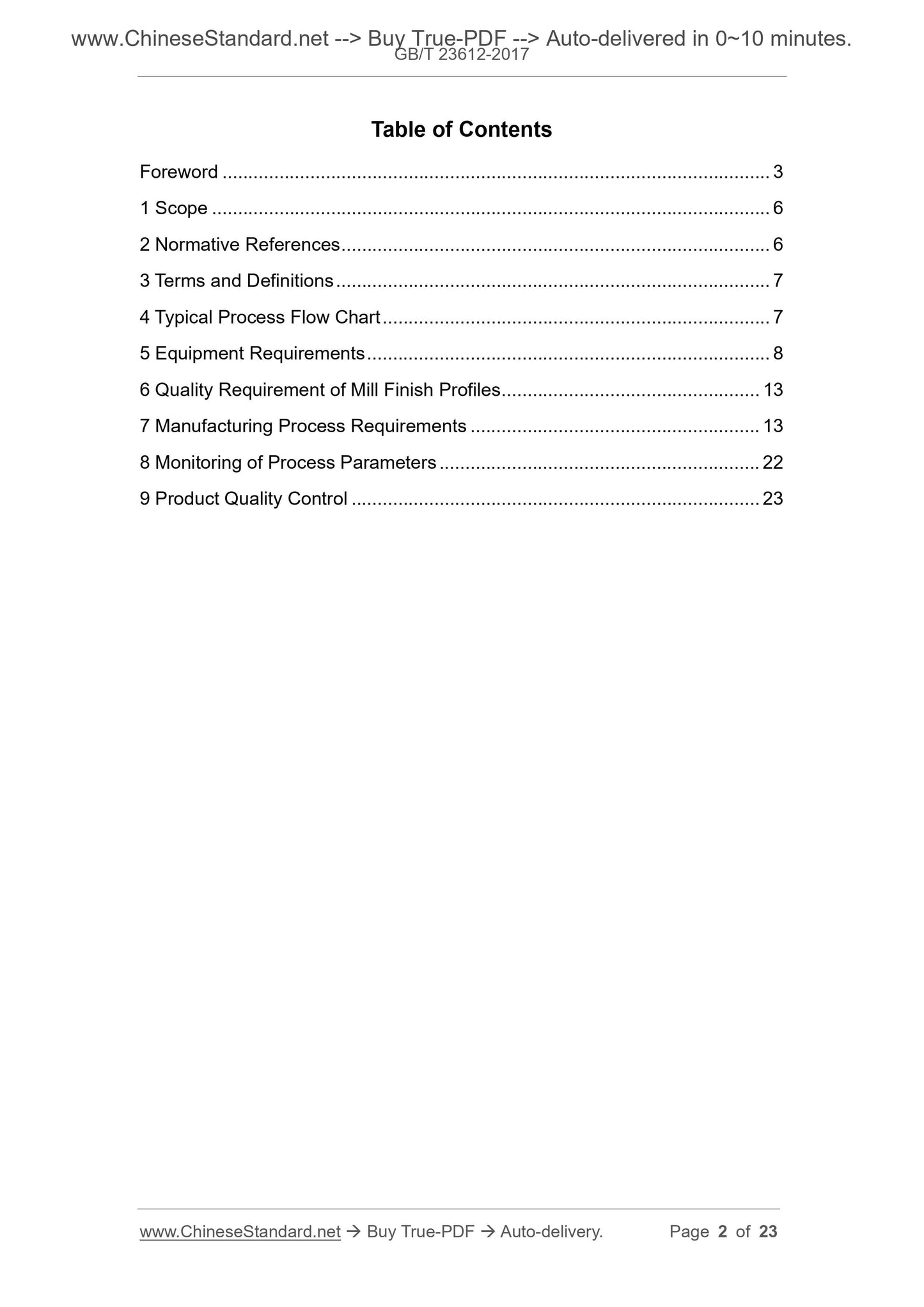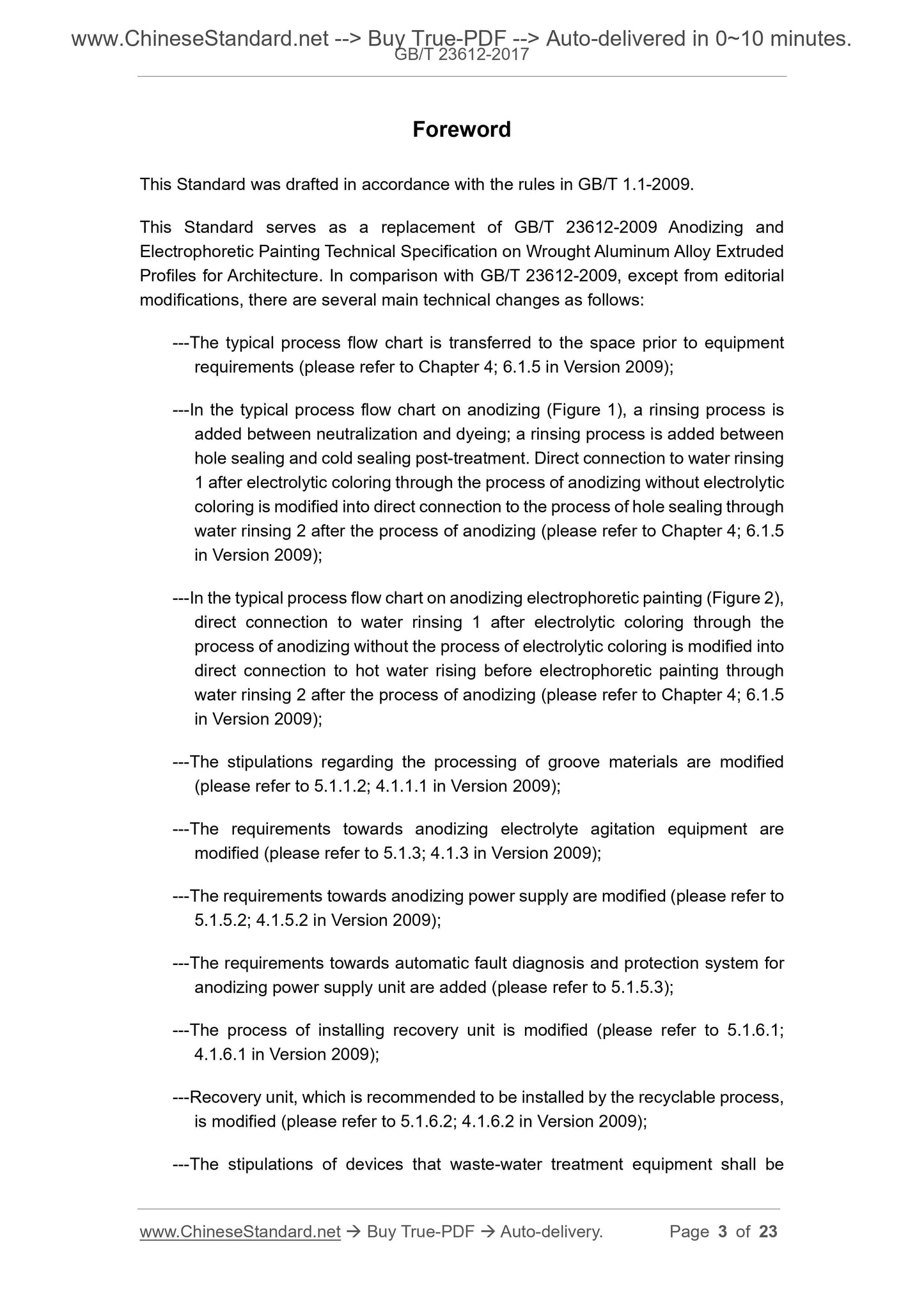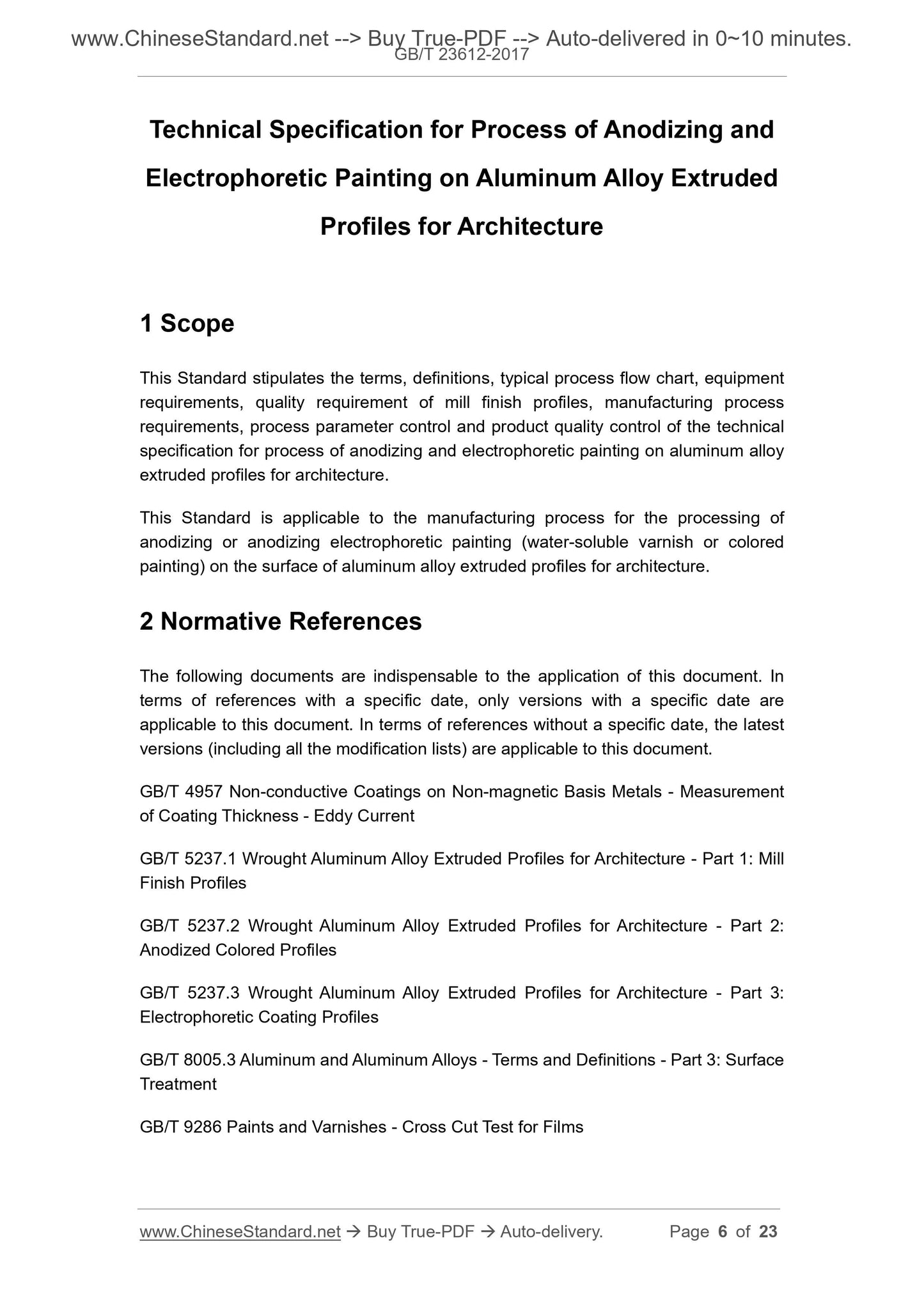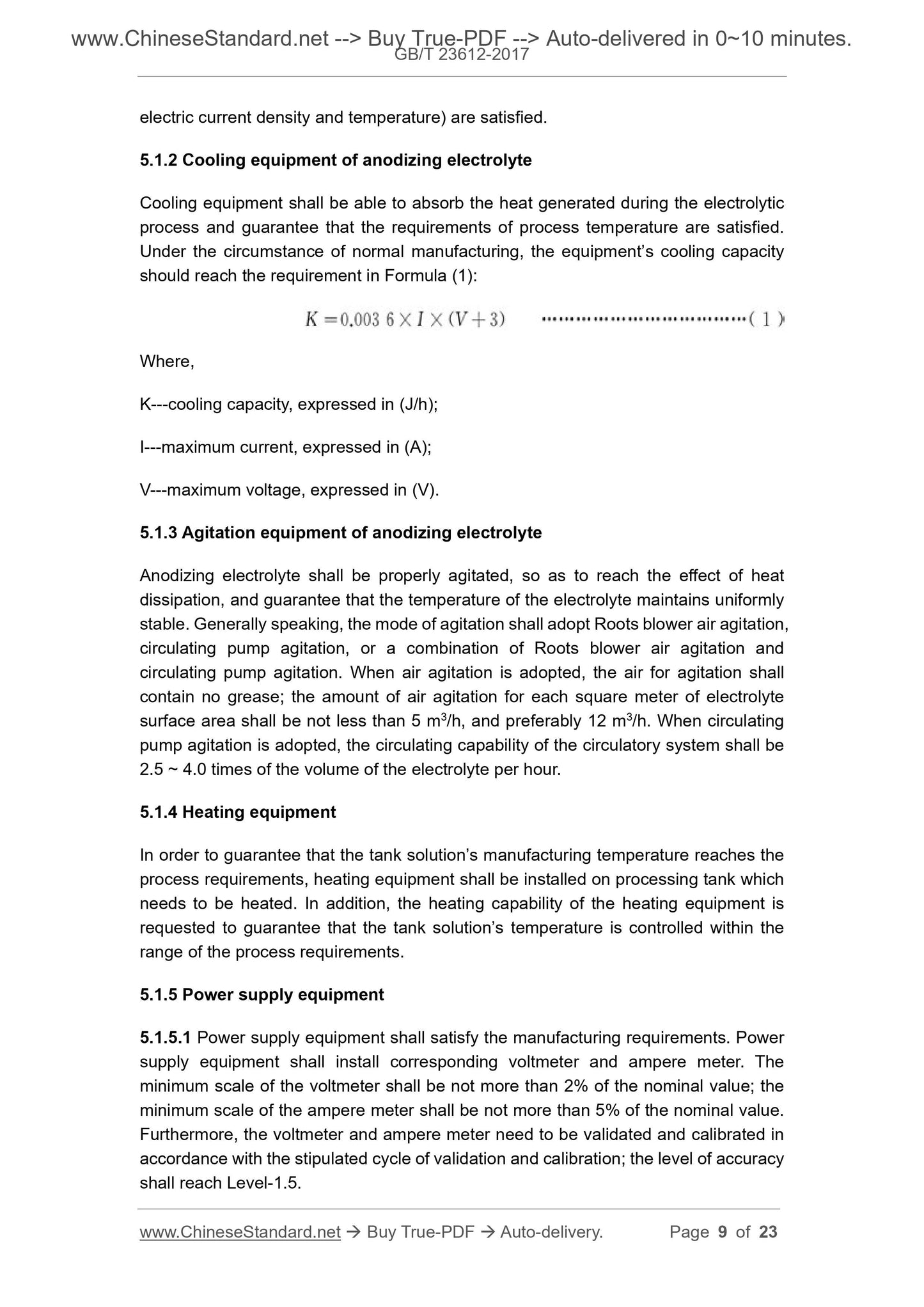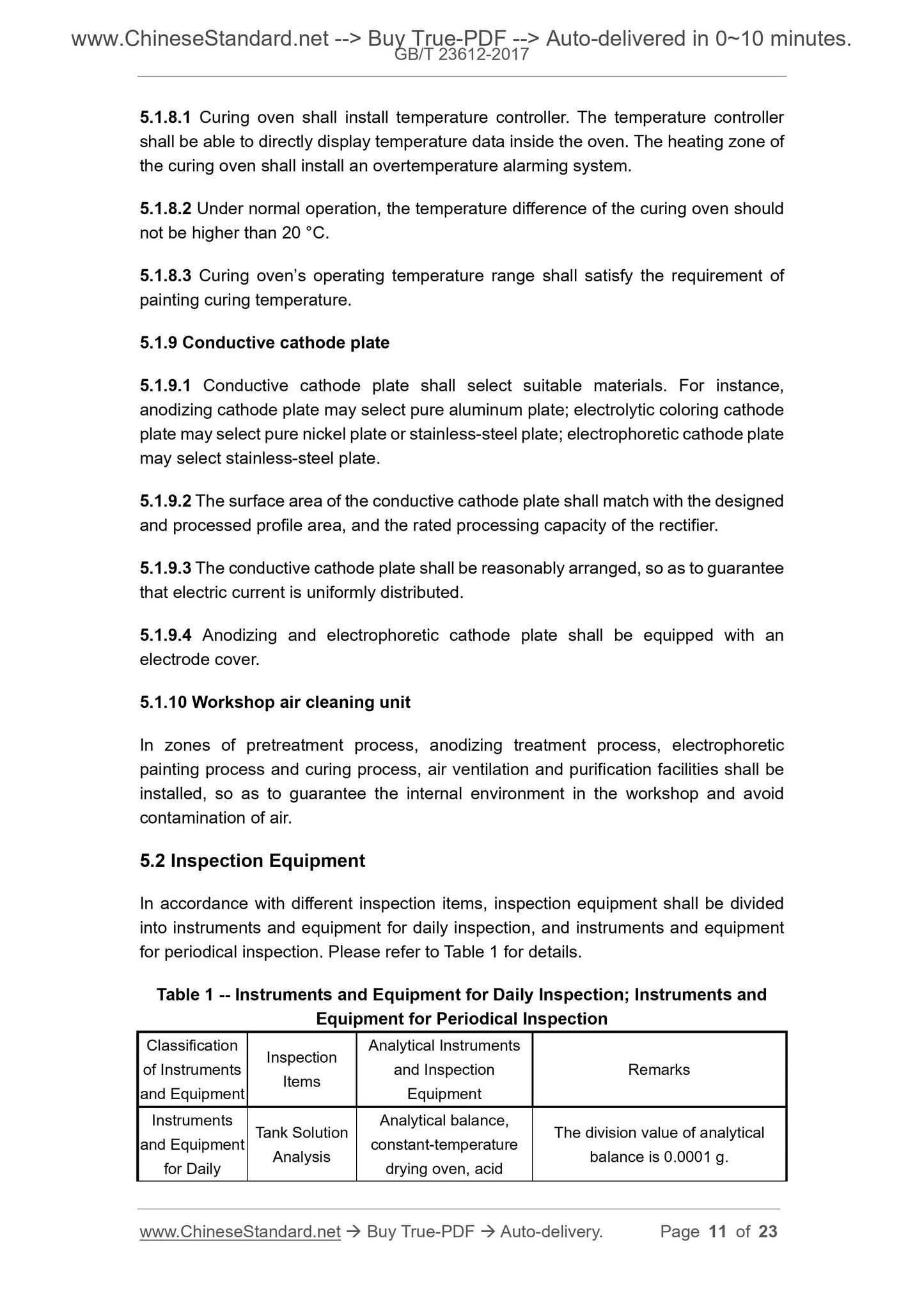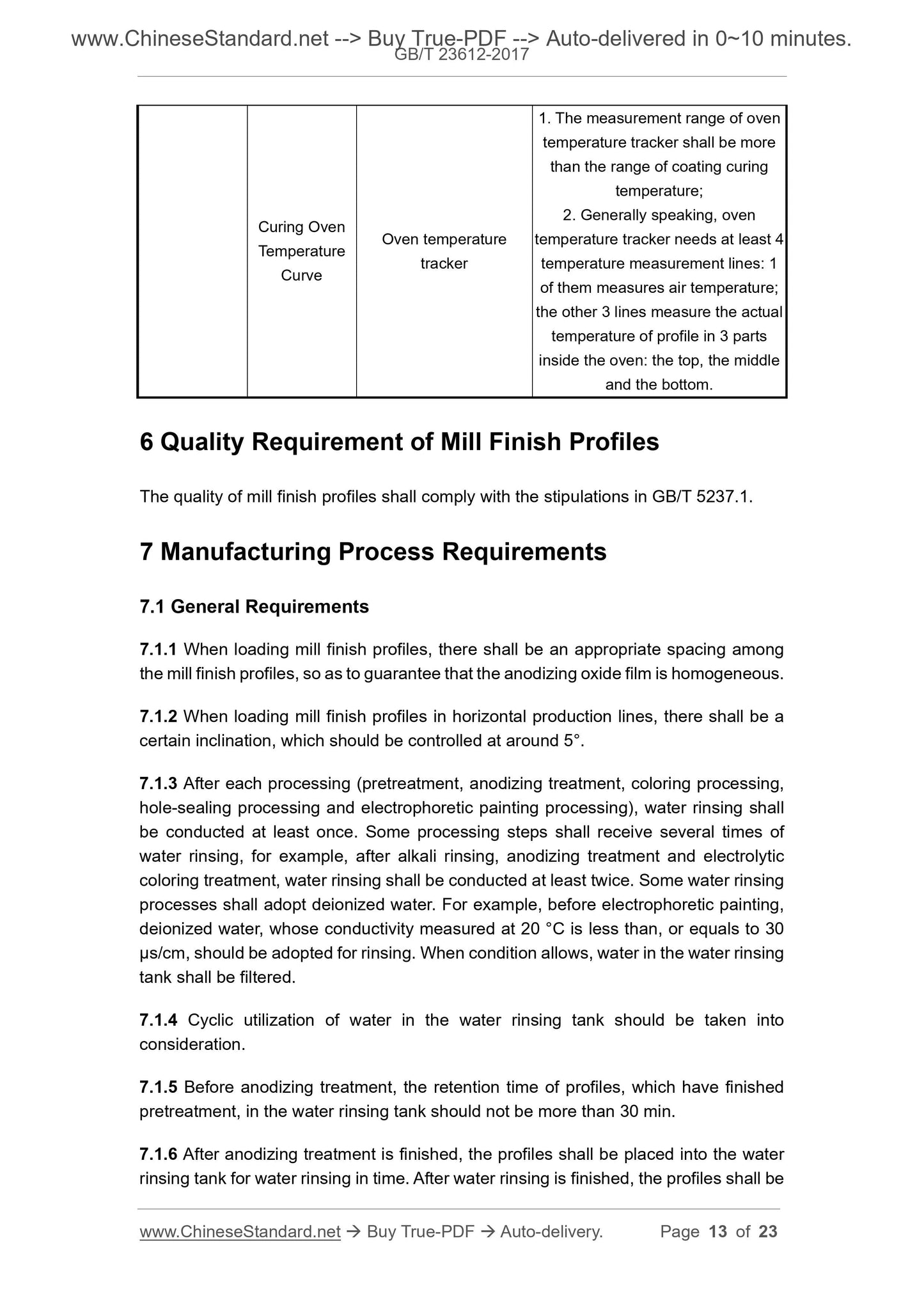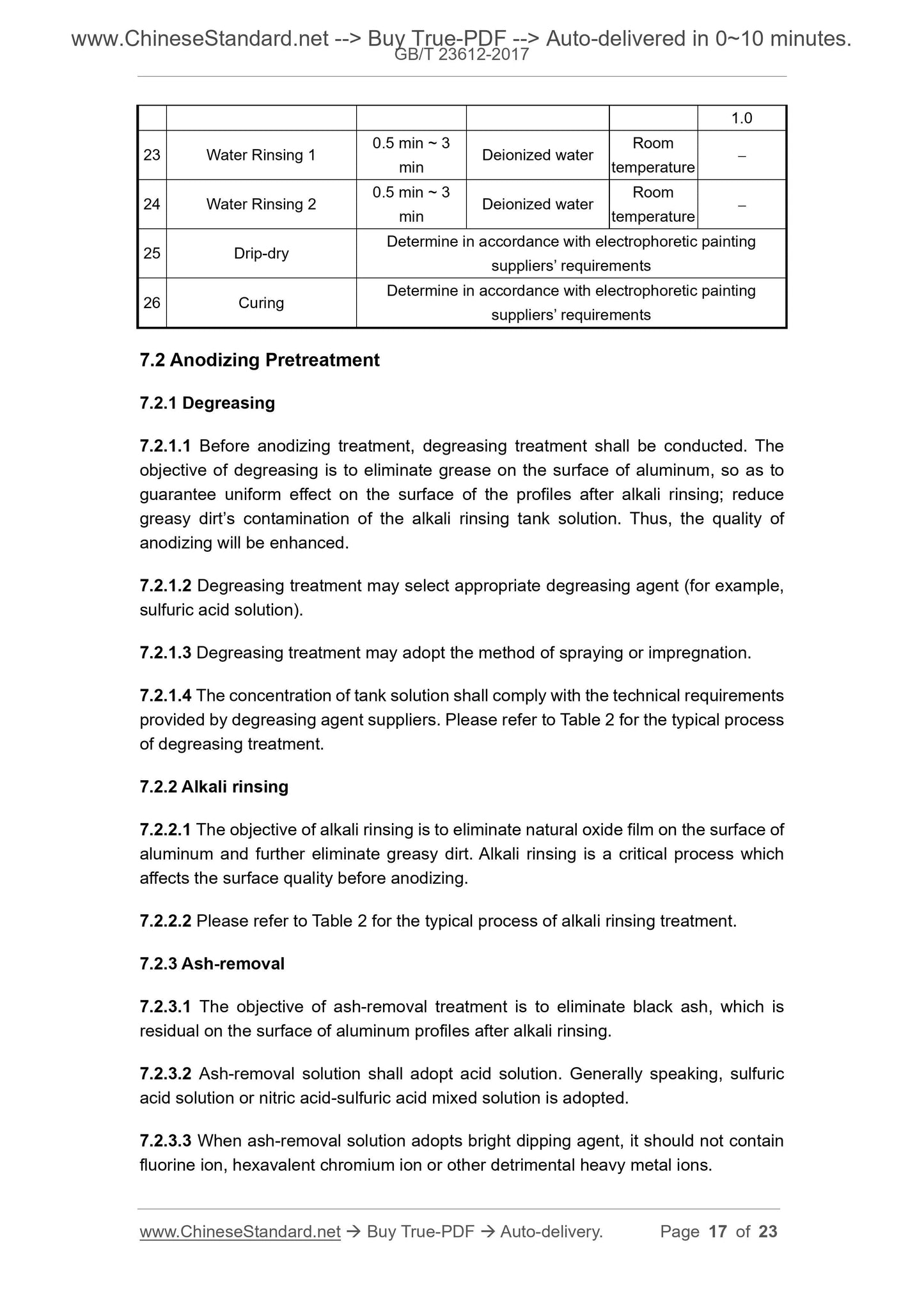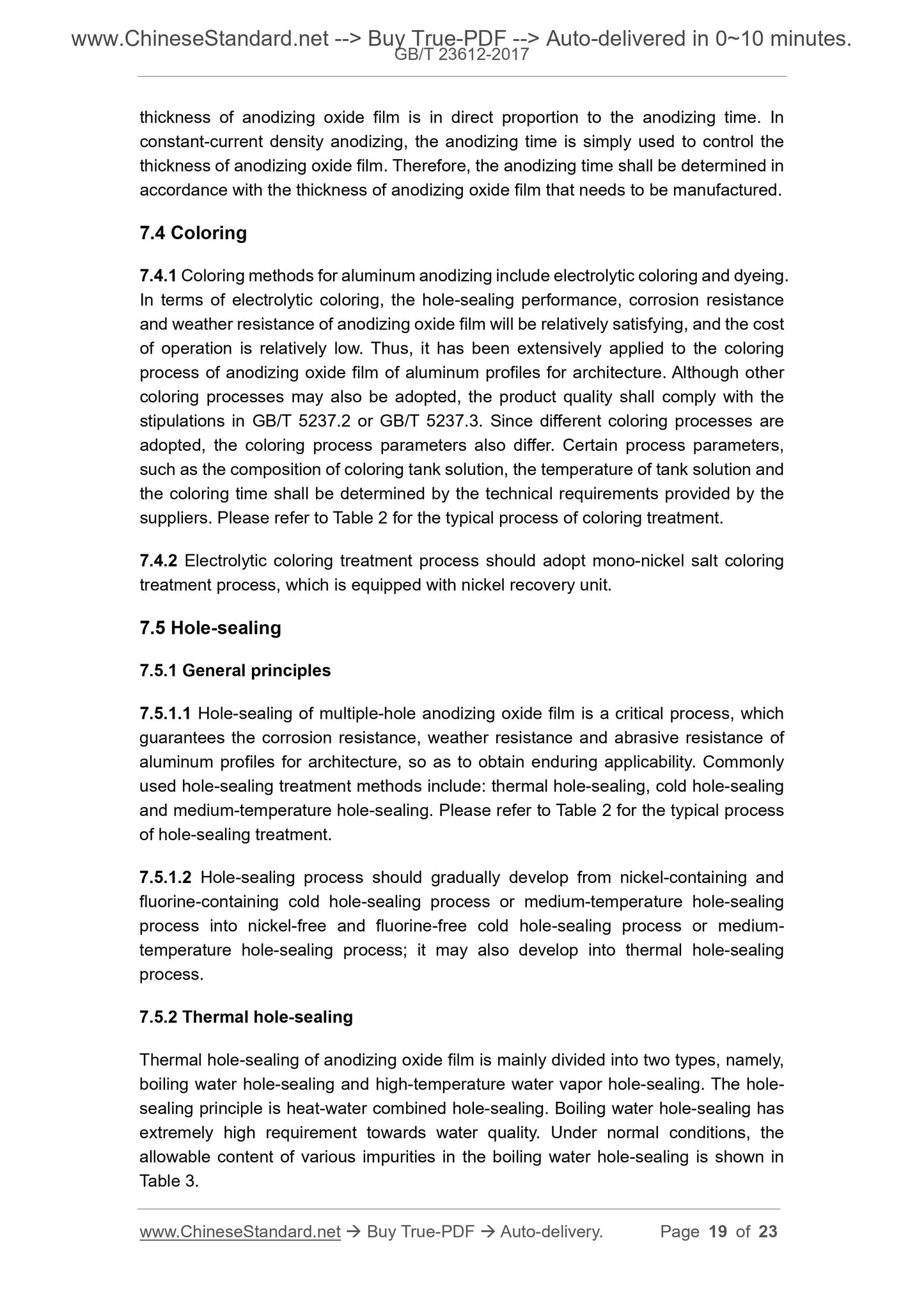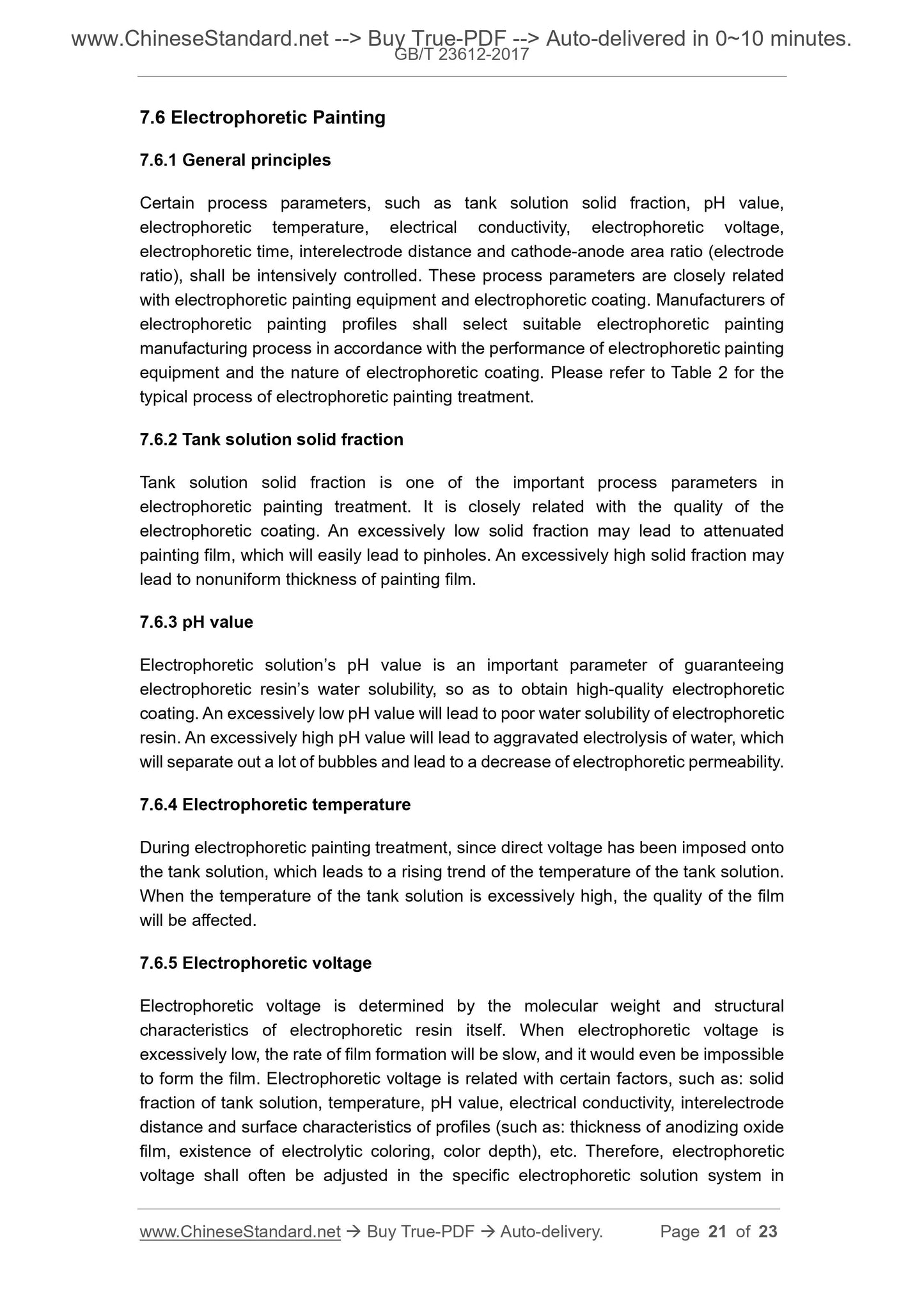1
/
of
10
www.ChineseStandard.us -- Field Test Asia Pte. Ltd.
GB/T 23612-2017 English PDF (GB/T23612-2017)
GB/T 23612-2017 English PDF (GB/T23612-2017)
Regular price
$160.00
Regular price
Sale price
$160.00
Unit price
/
per
Shipping calculated at checkout.
Couldn't load pickup availability
GB/T 23612-2017: Technical Specification for Process of Anodizing and Electrophoretic Painting on Aluminum Alloy Extruded Profiles for Architecture
Delivery: 9 seconds. Download (and Email) true-PDF + Invoice.Get Quotation: Click GB/T 23612-2017 (Self-service in 1-minute)
Newer / historical versions: GB/T 23612-2017
Preview True-PDF
Scope
This Standard stipulates the terms, definitions, typical process flow chart, equipmentrequirements, quality requirement of mill finish profiles, manufacturing process
requirements, process parameter control and product quality control of the technical
specification for process of anodizing and electrophoretic painting on aluminum alloy
extruded profiles for architecture.
This Standard is applicable to the manufacturing process for the processing of
anodizing or anodizing electrophoretic painting (water-soluble varnish or colored
painting) on the surface of aluminum alloy extruded profiles for architecture.
Basic Data
| Standard ID | GB/T 23612-2017 (GB/T23612-2017) |
| Description (Translated English) | Technical Specification for Process of Anodizing and Electrophoretic Painting on Aluminum Alloy Extruded Profiles for Architecture |
| Sector / Industry | National Standard (Recommended) |
| Classification of Chinese Standard | H61 |
| Classification of International Standard | 25.220.01 |
| Word Count Estimation | 14,166 |
| Date of Issue | 2017-07-12 |
| Date of Implementation | 2018-04-01 |
| Older Standard (superseded by this standard) | GB/T 23612-2009 |
| Quoted Standard | GB/T 4957; GB/T 5237.1; GB/T 5237.2; GB/T 5237.3; GB/T 8005.3; GB/T 9286 |
| Issuing agency(ies) | General Administration of Quality Supervision, Inspection and Quarantine of the People's Republic of China, Standardization Administration of the People's Republic of China |
| Summary | This standard specifies the terms and definitions of the technical specifications of anodic oxidation and anodic electrodeposition of aluminum alloy building profiles, typical process flow chart, equipment requirements, substrate quality requirements, production process requirements, process parameter control and product quality control. This standard applies to the aluminum alloy construction profiles by anodizing or anodizing electrophoretic paint (water-soluble varnish or paint) treatment of the production process. |
Share
